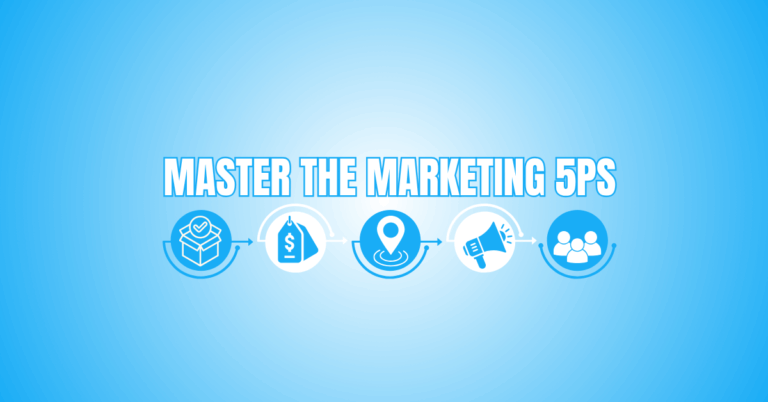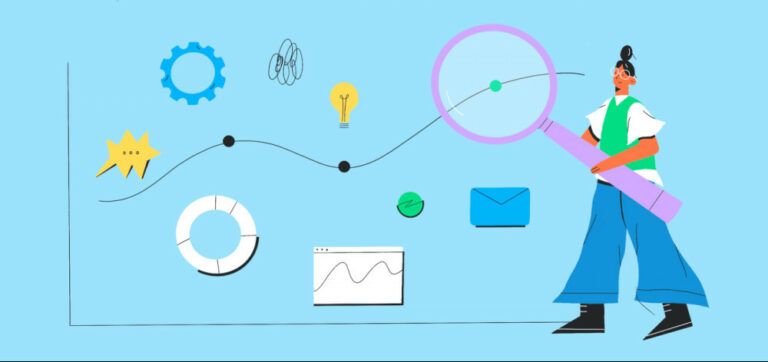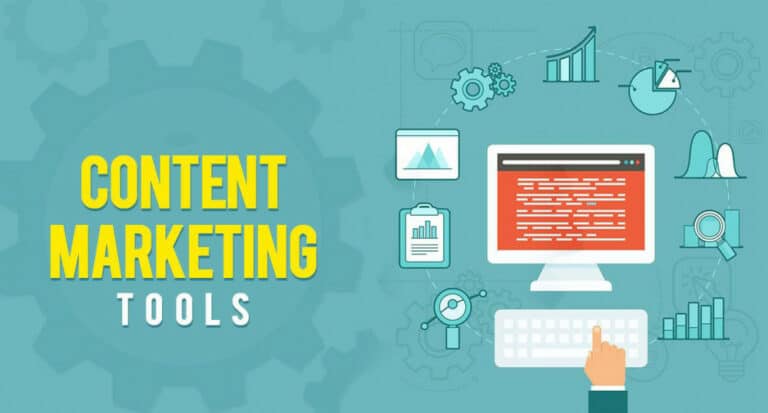Mastering Target Audience Analysis
Mastering Target Audience Analysis
Successful company strategies are built on a foundation of knowing your target audience. Whether launching a product, refining your marketing approach, or enhancing customer engagement, knowing who your audience is—and what they need—is crucial.
This blog will explore the essential steps to master target audience analysis, helping you create more effective campaigns, improve customer relationships, and drive business growth. Let’s dive in!
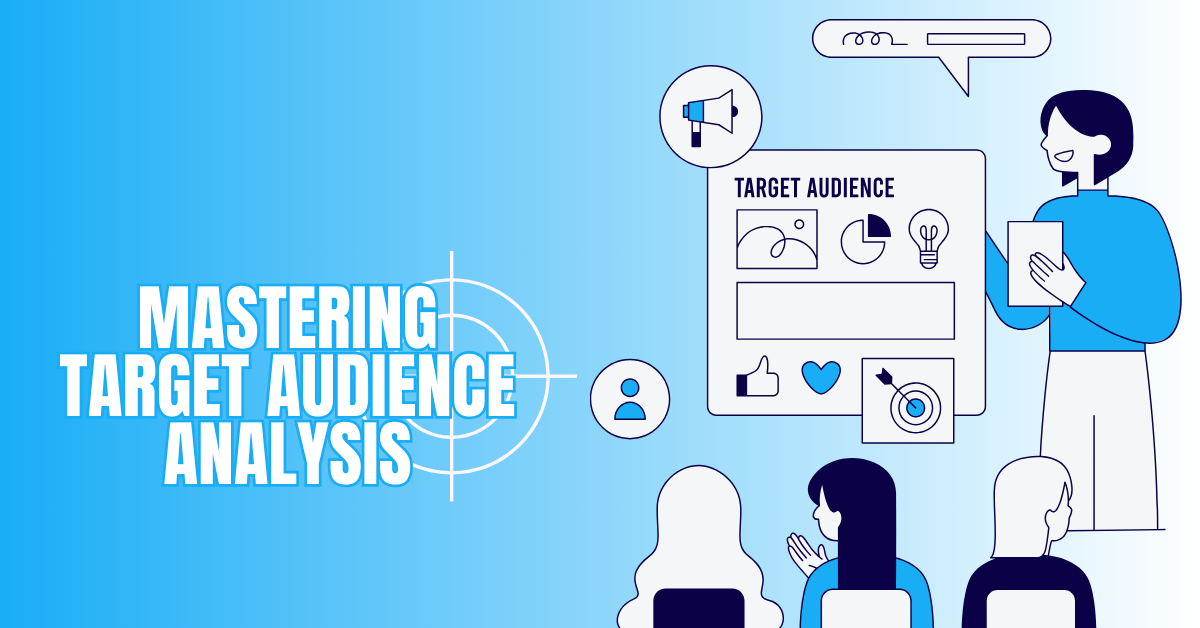
What Is Target Audience Analysis?
Target audience analysis involves segmenting the market to identify and understand the most promising customer groups.
Statistics show that 66% of marketers who segmented their audiences saw improved engagement, while 75% of businesses that use data-driven insights experience higher conversion rates.
Demographic data (age, gender, income) accounts for 30% of purchasing decisions, but psychographic factors, such as values and interests, influence up to 50% of buying behaviour.
By addressing pain points and aligning with customer desires, businesses can increase the likelihood of successful engagement and sales, creating personalized marketing that resonates deeply with their target audiences.
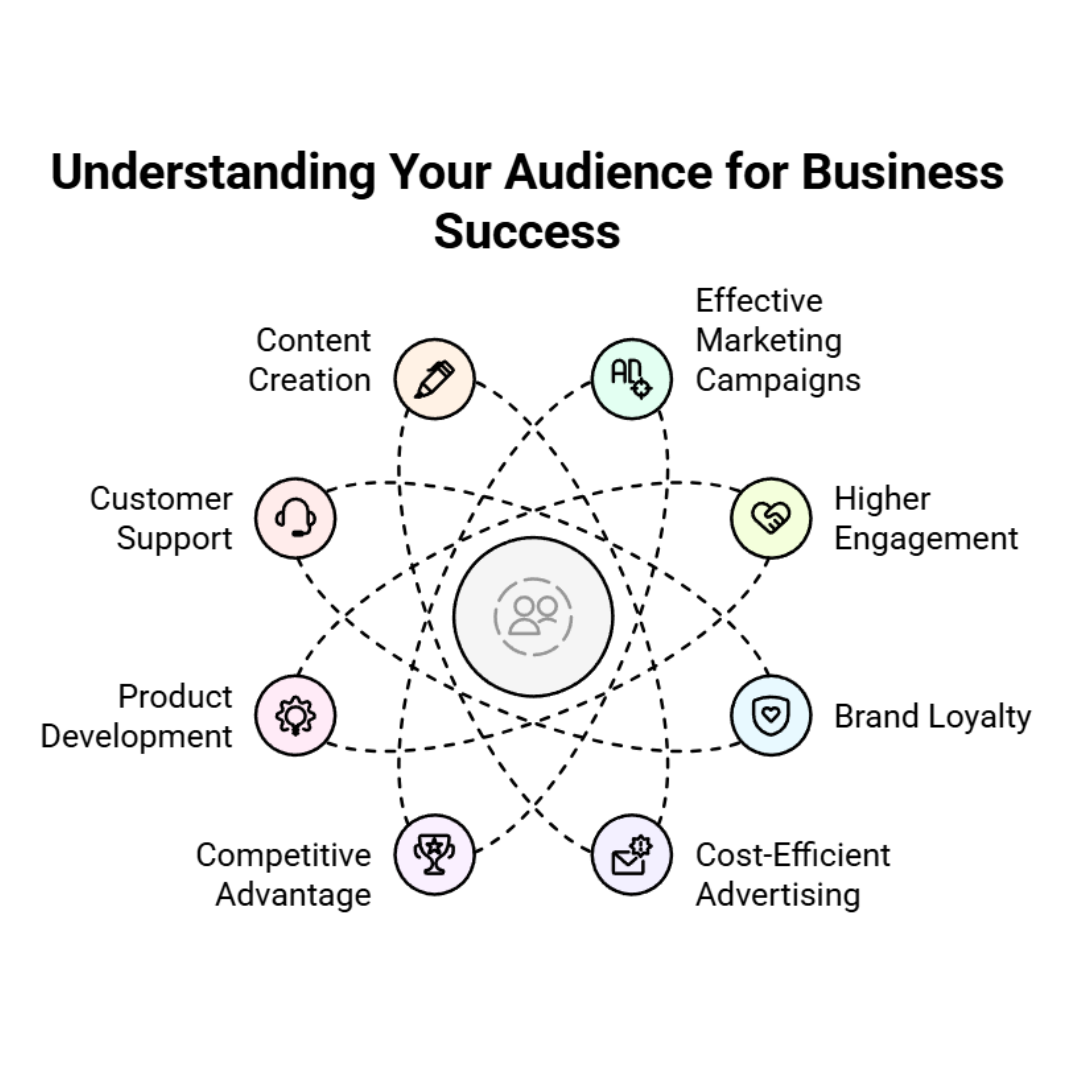
The Benefits Of Knowing Your Target Audience
Knowing your target market is the secret to a successful business. It helps you craft the right messages, build connections, and maximize growth. Here are the top benefits of knowing your audience and how it impacts your brand.
1. More Effective Marketing Campaigns
Knowing your audience makes your marketing efforts more precise. Instead of generic ads, you create campaigns addressing their needs, interests, and problems. This increases engagement, brand recall, and conversions, making your marketing strategy more efficient.
2. Higher Engagement And Conversion Rates
People respond to content that feels relevant to them. When your messaging speaks directly to your audience’s desires, they engage more—clicking on ads, sharing posts, or purchasing products. Personalized content increases trust and makes conversion much more manageable.
3. Stronger Brand Loyalty And Customer Relationships
Customers stick with brands that understand them. You build long-term trust by consistently delivering products, content, and services that align with your needs. This emotional connection makes them loyal to your brand, reducing their chances of switching to competitors.
4. Cost-Efficient Advertising
Targeted marketing helps you spend less while achieving better results. Instead of wasting money on broad, ineffective campaigns, you can focus on the platforms, demographics, and content that resonate with your ideal customers, maximizing return on investment (ROI).
5. Competitive Advantage
Knowing your audience gives you an edge over competitors. You become the go-to choice in your industry by offering tailored experiences and advice. Understanding emerging trends also helps you innovate before the competition catches up
6. Better Product And Service Development
Understanding your audience allows you to create solutions that meet their needs. Instead of guessing, you develop products and services based on preferences and feedback. This raises client satisfaction right away and lowers the chance of failure.
7. Improved Customer Support And Experience
When you understand your customers, you anticipate their questions and concerns. This allows you to offer faster, more helpful support through personalized recommendations, AI chatbots, or live customer service. A smooth experience keeps customers happy and increases brand loyalty.
8. More Effective Content Creation
Content marketing works best when it resonates with the audience. You may produce blog entries, videos, and social media content that engages your audience by knowing what they enjoy. High-quality, relevant content strengthens your brand authority and keeps people coming back.
Steps For Mastering Target Audience Analysis
Understanding your target audience can be a game-changer for any business, brand, or content strategy. But how do you master target audience analysis? Let’s break it down into actionable steps, making the process effective and engaging.
1. Define Your Goals And Objectives
Before analyzing your audience, define your goals. Whether launching a product, increasing brand awareness, or improving customer retention, clear goals shape your approach.
Want to Start Making Money Online?
Try My #1 Recommendation Program!
To ensure your marketing activities are targeted and successful, your target audience analysis should align with these goals.
Establish SMART goals—specific, measurable, realistic, relevant, and time-bound—to direct your approach and monitor your progress.
Pro Tip
Set SMART goals—Specific, Measurable, Achievable, Relevant, and Time-bound—to ensure your audience analysis aligns with clear, actionable objectives for better results.
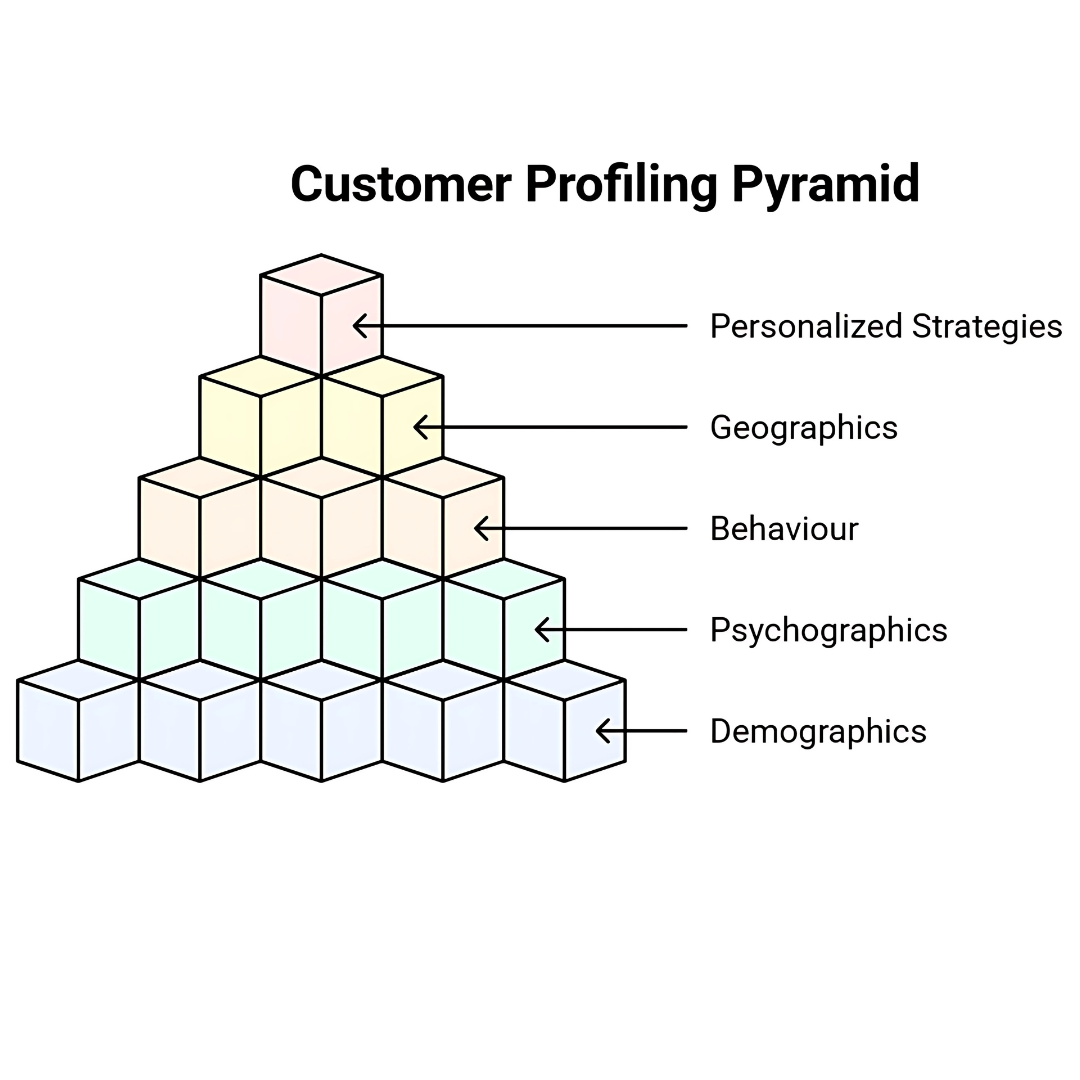
2. Identify Your Ideal Customer Profile (ICP)
Your Ideal Customer Profile (ICP) defines who is most likely to engage with your brand. Consider demographics (age, gender, income), psychographics (interests, values), behaviour (buying habits, loyalty), and geographics (location, culture).
Creating a detailed customer persona based on these factors helps you personalize marketing strategies, ensuring they resonate with the right audience. Tailoring your approach improves engagement, customer loyalty, and overall marketing effectiveness.
Pro Tip
Build a detailed customer persona using demographics, psychographics, behaviours, and geographics to create highly targeted, personalized marketing strategies that drive engagement and conversions.
3. Conduct Market Research
Market research validates your audience assumptions. Use surveys (Google Forms, Typeform) to gather preferences and interviews for deeper insights.
Analyze industry reports (Statista, Nielsen) for trends and study competitors’ strategies for engagement. Leverage social media analytics (Facebook, Instagram, LinkedIn) to gather demographic and interest-based data.
Want to Find Out How To Start Your Home-Based Business?
Try My #1 Recommendation Platform!
You can make better decisions, refine your tactics, and ensure your marketing initiatives align with audience preferences and industry trends with the help of these tools.
Pro Tip
Combine surveys, interviews, industry reports, competitor analysis, and social media insights to gather accurate audience data and refine your marketing strategies effectively.
4. Analyze Website And Social Media Data
Your digital presence offers key audience insights. Use Google Analytics to track website visitors, demographics, and engagement.
Leverage social media analytics (Facebook Audience Insights, Instagram Insights, Twitter Analytics, LinkedIn Analytics) for follower data.
Analyze comments and reviews on posts, products, and forums to understand customer expectations, concerns, and preferences.
Combining these insights helps refine content, improve engagement, and tailor marketing strategies for better audience connection and business growth.
Pro Tip
Use Google Analytics and social media insights to track audience behaviour and analyze comments and reviews to refine content and improve engagement effectively.
5. Segment Your Audience For Personalization
Audience segmentation tailors marketing to different customer groups. Use demographics (age, gender, income, occupation) for broad targeting—leverage psychographics (interests, values, personality) for deeper engagement.
Analyze behavioural data (buying habits, loyalty, interaction levels) to refine messaging. For location-based strategies, incorporate geographics (region, climate, urban vs. rural preferences).
Are You Tired Of Scams?
Want to Start Making Money Online?
Personalizing content through segmentation enhances relevance, improves customer experience, and effectively increases conversions.
Pro Tip
Segment your audience by demographics, psychographics, behaviour, and geography to personalize content, improve engagement, and deliver targeted marketing strategies for better results.
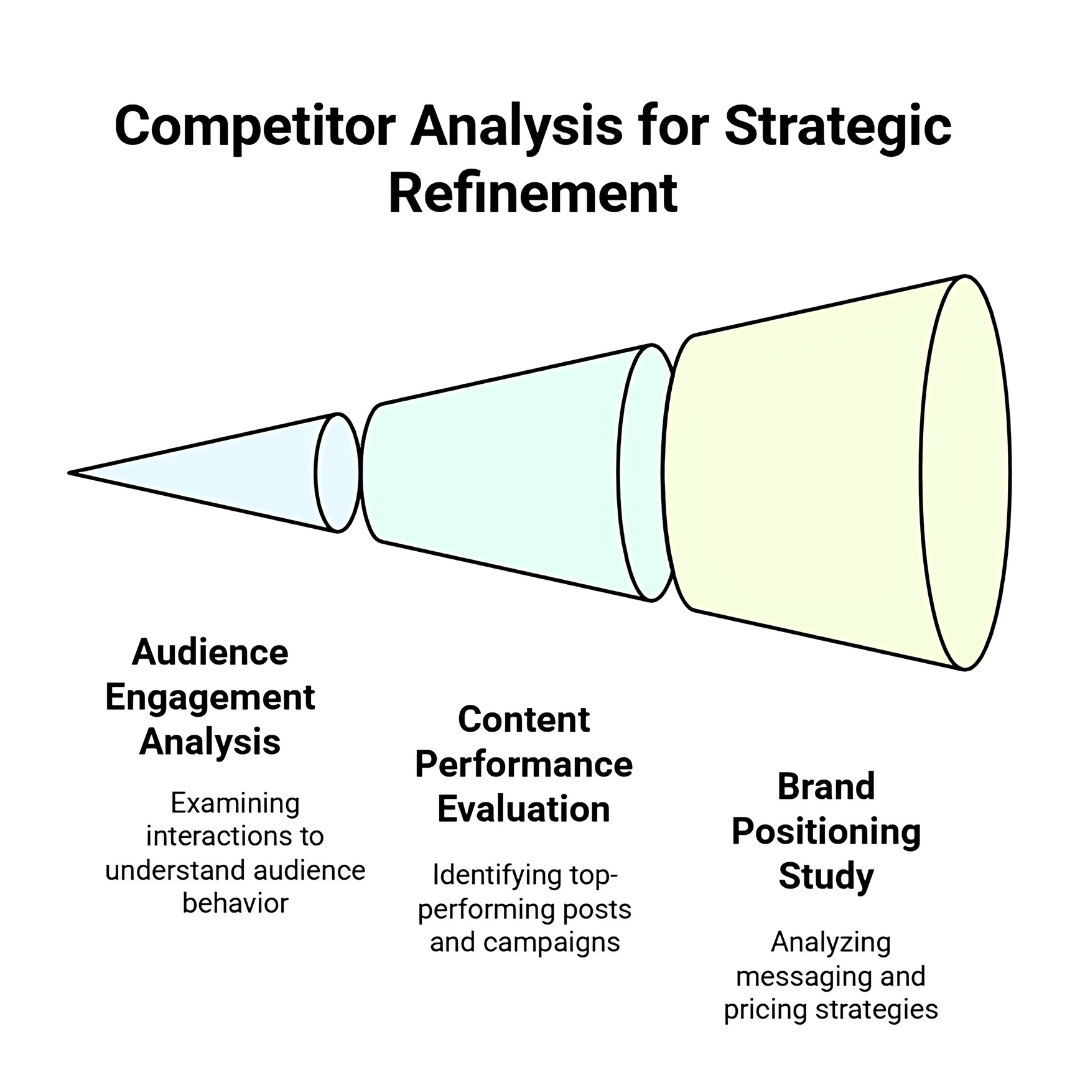
6. Study Your Competitors’ Audience Engagement
Competitor research reveals growth opportunities. Analyze who engages with competitors by reviewing social media interactions and customer reviews.
Identify top-performing content—which posts, ads, or campaigns receive the most likes, shares, and comments. Examine brand positioning by studying competitors' messaging, pricing strategies, and product offerings.
This helps uncover market gaps and refine your engagement, content, and brand strategies for better customer connection.
Pro Tip
Analyze competitors' audience engagement, content performance, and brand positioning to uncover market gaps and refine your content, messaging, and strategies for better results.
7. Leverage Customer Feedback And Support Interactions
Customer feedback provides valuable insights. Use email surveys to gather experiences and suggestions for improvement. Analyze customer support interactions to identify recurring complaints or questions.
Study product reviews and testimonials to uncover recurring themes, helping you understand what customers love or dislike.
Engaging with your customers in these ways allows you to refine your offerings, improve customer satisfaction, and enhance your overall marketing strategies.
Pro Tip
Use email surveys, customer support feedback, and product reviews to uncover pain points and preferences, refine your offerings, and enhance customer satisfaction.
8. Track Trends And Evolving Consumer Behaviour
Track evolving customer behaviour, follow industry reports to stay updated on trends in your niche and monitor buying behaviour for seasonal changes, new technology, and economic shifts.
Utilize social listening tools like Brandwatch or Hootsuite Insights to keep tabs on comments and discussions within your industry.
This helps you adapt to changes and proactively address shifting customer needs, improving your marketing strategies and engagement.
Pro Tip
Monitor industry reports, buying behaviour, and social media conversations about staying ahead of trends and adapting to evolving customer preferences for improved engagement.
9. Test And Optimize Your Strategies Regularly
Target audience analysis is ongoing. Use A/B testing to compare ad formats, email subject lines, and content types for effectiveness.
Monitor performance metrics like social media engagement, click-through rates, and conversions to track success. Regularly adjust strategies based on data—refine messaging, targeting, or product offerings when necessary to improve performance and stay aligned with audience preferences.
Pro Tip
Use A/B testing and monitor key metrics like engagement and conversions to regularly refine your strategies, ensuring they remain effective and aligned with audience needs.
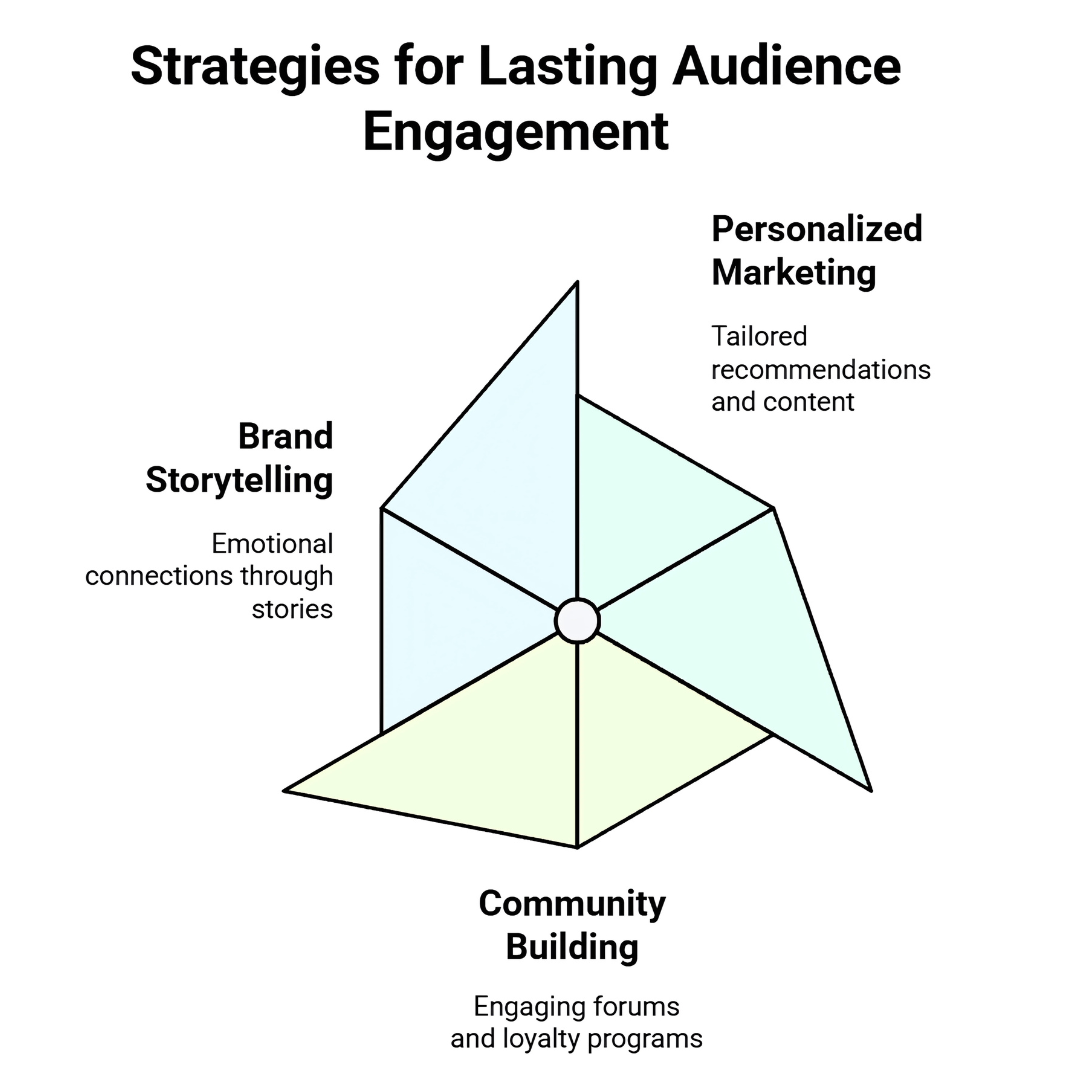
10. Build Long-Term Relationships With Your Audience
Audience analysis is key to building lasting relationships. Use personalized marketing to offer tailored product recommendations and content. Focus on community building by engaging in online forums, hosting Q&A sessions, and creating loyalty programs.
Want To Learn How To Create Your Own Website And Online Business?
Try My #1 Recommendation Training And Hosting Platform!
Brand storytelling helps connect emotionally with your audience by sharing behind-the-scenes insights, success stories, and values.
These strategies foster trust, loyalty, and long-term engagement, turning customers into brand advocates.
Pro Tip
Build long-term relationships by using personalized marketing, engaging in community building, and sharing brand stories that resonate emotionally with your audience for lasting loyalty.
How To Measure The Success Of Your Target Audience Analysis
Measuring the success of your target audience analysis is essential to understanding how well your strategies resonate with your audience and whether you’re meeting your business objectives. Here’s how you can effectively measure its impact:
1. Engagement Metrics
One of the first indicators of success is how engaged your audience is with your content, products, or services. Metrics like social media likes, shares, comments, and mentions show how much your audience connects with your message.
Similarly, analyzing website interaction data (clicks, page views, time spent on the page) can tell you if your content resonates. High engagement typically signals that your message is reaching the right people.
2. Conversion Rates
Conversion rates reveal whether your audience takes the desired action, such as purchasing, signing up for a newsletter, or downloading an eBook.
A strong conversion rate implies your target audience analysis has successfully identified and appealed to the right individuals.
Track the conversions for different audience segments to evaluate which group responds best to your marketing efforts.
3. Customer Retention
Customer retention rates indicate the long-term success of your audience targeting. If people keep returning to your brand, it suggests that your offerings meet their needs and preferences.
Repeat purchase rates and measures like Net Promoter Score (NPS), which indicates the likelihood that customers would refer your brand to others, are good ways to monitor this.
4. Customer Satisfaction And Feedback
Customer feedback—whether in surveys, reviews, or direct interactions—helps measure the quality of your audience targeting.
If your audience provides positive feedback and is satisfied, you’ve accurately understood and addressed their needs. Monitor essential performance metrics, or KPIs, like social media engagement, click-through rates, and conversion rates.
5. Return On Investment (ROI)
ROI measures the profit made from expenses, which aids in assessing the success of your marketing strategies. A high ROI means that your targeted marketing strategies are driving profitable results.
Calculate ROI by comparing the total marketing spend against the revenue generated from the campaigns focused on your target audience.
6. Audience Growth
Tracking the growth of your target audience over time is another indicator of success. If your efforts in analyzing and targeting the right group are practical, you should see steady growth in your social media followers, email subscribers, and customer base.
This expansion suggests that your audience responds positively to your offerings and recommends them to others.
7. Behavioural Insights
Studying audience behaviour—how they interact with your website, what products they explore, and where they drop off—can show you if your audience analysis is on point. Tools like Google Analytics help track behavioural patterns.
An increase in desired actions, such as clicks on specific calls to action or more time spent engaging with your content, signals a successful audience strategy.
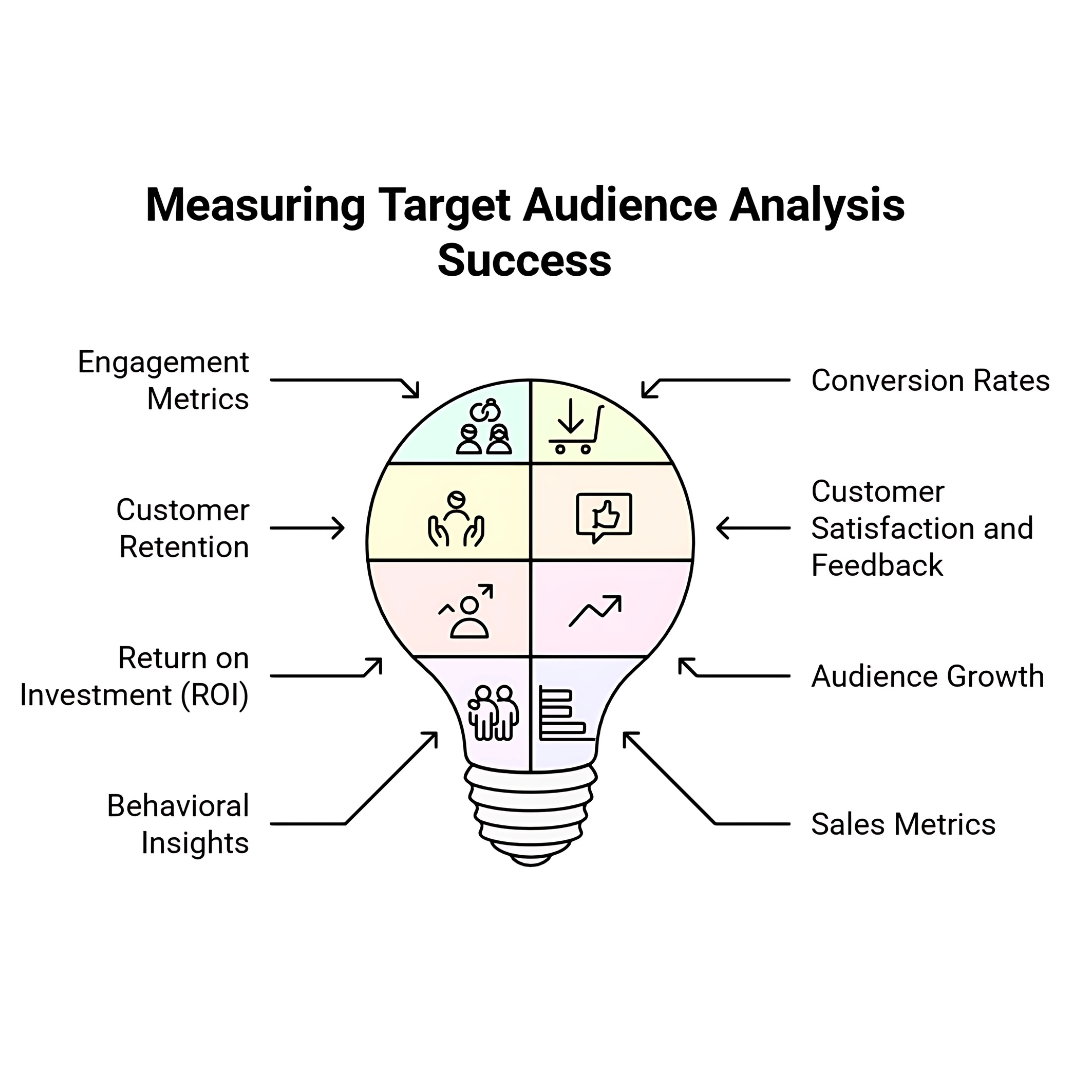
8. Sales Metrics
Finally, evaluating sales performance is one of the most direct ways to measure success. A sales boost from campaigns targeting specific audience segments can indicate that your analysis has effectively identified high-potential groups.
Track which campaigns resulted in higher sales or greater profitability to see where your targeting worked best.
Real-World Case Studies From Nike And Coca-Cola
Here are a few case studies that illustrate how target audience analysis has been effectively utilized in real-world scenarios:
1. Nike: Personalization Through Data-Driven Insights
Background
Nike is a world leader in sporting wear and gear. As the brand expanded globally, it needed to refine its marketing strategy to cater to various customer preferences and behaviours.
Target Audience Analysis Strategy
Nike employed advanced target audience analysis by leveraging data from its mobile app, e-commerce, and social media.
Analyzing purchasing behaviours, workout data, and engagement helped identify key segments such as runners, gym-goers, athletes, and casual sports enthusiasts.
Key Insights
- Psychographic Data: Nike found that customers were motivated by product performance and a sense of community and empowerment.
- Behavioural Data: Analyzing usage patterns from its mobile app, Nike discovered that its customers increasingly used the app for personal fitness goals and tracking.
Outcome
Nike personalized campaigns based on audience insights, offering tailored messaging, targeted promotions, and exclusive product lines like the Nike Training Club app. The Nike by You program allowed customers to design personalized sneakers, deepening brand engagement.
Results
Nike’s personalized marketing strategies increased engagement, customer loyalty, and a significant boost in online sales.
Their approach to blending behavioural, psychographic, and demographic data helped Nike maintain its status as a leading brand in the competitive sportswear market.
2. Coca-Cola: Segmentation For Global Relevance
Coca-Cola is one of the most recognized brands worldwide. However, with a product line that is consumed across diverse cultural and demographic segments, Coca-Cola needed a more nuanced approach to its target audience analysis to drive relevance in every market.
Target Audience Analysis Strategy
Coca-Cola employed demographic, psychographic, and geographic segmentation, analyzing local tastes, lifestyles, and cultural differences.
They also employed surveys and social media listening to learn more about customer preferences and modify their marketing tactics appropriately.
Key Insights
- Geographic Segmentation: Coca-Cola identified that different regions preferred different beverages, such as Coca-Cola Zero in the U.S. and Coca-Cola Light in European markets.
- Psychographics: Coca-Cola’s research revealed that consumers are drawn to the brand’s message of happiness, positivity, and shared moments.
Outcome
Coca-Cola's “think global, act local” approach tailored campaigns to regional values. In the U.S., the “Share a Coke” campaign boosted engagement, while in India, Coca-Cola highlighted its refreshing qualities, connecting the brand to moments of happiness in hot climates.
Results
Coca-Cola's ability to tailor its marketing efforts to local cultures while maintaining a consistent brand message resulted in a more connected and engaged customer base worldwide. This approach led to greater customer loyalty and a stronger market position in mature and emerging markets.
Conclusion
Mastering target audience analysis is a continuous journey that requires understanding, adapting, and evolving with your customers.
By identifying your ideal audience, successfully segmenting them, and monitoring their preferences and behaviours, you can create personalized experiences that promote engagement, loyalty, and business expansion.
Stay proactive, adjust strategies based on feedback, and ensure your efforts lead to meaningful connections with your audience for lasting success.
I trust you enjoyed this article about Mastering Target Audience Analysis. Please stay tuned for more articles. Take care!
JeannetteZ
Want to Learn How to Build Your Own Home-Based Online Business And Start Making Money Online From Your Comfortable Couch?
Try Wealthy Affiliate!
Your Opinion Is Important To Me
Do you have thoughts, ideas, or questions? I would love to hear from you. Please leave me your questions, experiences, remarks, and suggestions about Mastering Target Audience Analysis in the comments below. You can also email me at Jeannette@WorkFromAnywhereInTheWorld.com.
Disclosure
This post may contain affiliate links. I earn from qualifying purchases as an Amazon Associate and other affiliate programs. Please read my full affiliate disclosure.
You may also enjoy the following articles:
Wealthy Affiliate Coupons For Premium Memberships
Wealthy Affiliate Review – Scam or Legit? The Truth Exposed
An Insider Wealthy Affiliate Review
Brand Positioning Examples: How Top Brands Dominate Their Markets
Video Marketing Trends That Will Skyrocket Your Success




